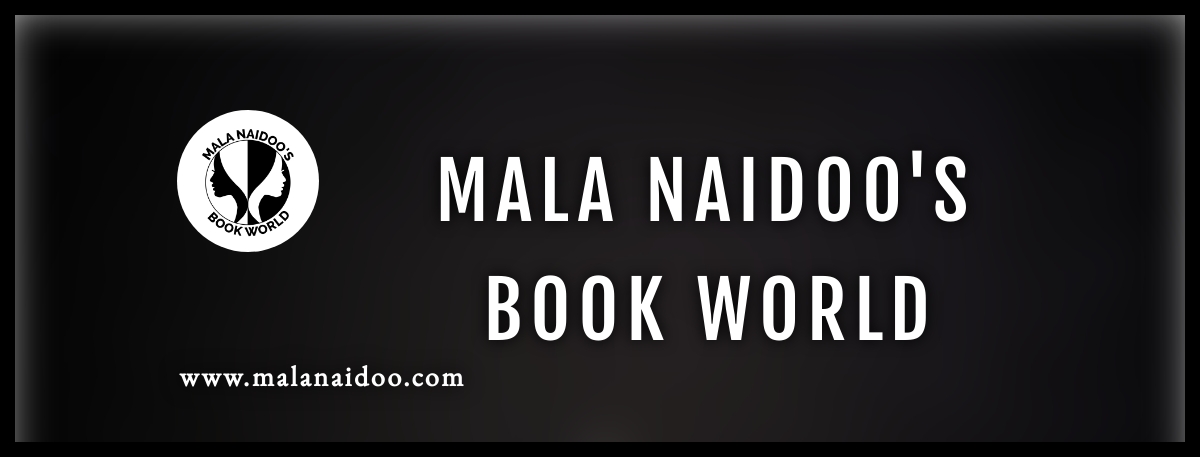Writing is fun, art, a visceral experience.
A story crafted from bone to flesh takes many months, or years of vested time where emotional attachment is difficult to relinquish.
There comes a time in every delightful story where the writer cedes the pen (for a while before the editing clean-up).
Knowing where to start is as important as knowing when to stop.
Writing sequels, trilogies and series is a long-term relationship between the writer and manuscript. Characters become real when they consume sleeping and waking thoughts. A character wanting a bigger space on the pages of a story holds the writer to ransom.
Endings must be free of padding or info-dumping that feed the writer’s attachment to the tale, people or place, serving no express purpose to the story. Readers will thank the writer for avoiding the stuffing.

The original plan for the story veers off when a character wanting to be acknowledged calls out the loudest. Such a character is allowed a voice that directs the action on a different path. This is a natural part of the process, but rogue characters must be reeled in and put under a microscope to assess their primary role—is the character essential to the plot, does the character add an exciting plot twist or are they unnecessary?
A benevolent muse is the one to thank for all that arrive to prod the writer. If the voice/story/scene are ignored, they find a way into somebody else’s story. Lady Muse is a perpetual huntress.
Heed the call we must!
Writing is joyful, hard work. It takes committed diligence to keep going until the story is over. It will only ever be over when the writer is convinced it is time to stop. Soliciting advice from a trusted other, The Reader, is a good way to ensure that it is indeed the right point to type in ‘The End’.
Well-written stories will entertain audiences long after the writer’s time has passed.
When it feels right to end it — do it! If it is deemed not right later down the editing track — change it or add in a few subtle changes. To ignore that gnawing feeling that something is not right, but not worth the trouble to rectify it, is a mistake that comes back to haunt the writer.
Great is the art of beginning, but greater the art of ending ~ Henry Wadsworth Longfellow, American poet, educator, linguist.
Structure in a story is important, but the creative does not adhere to structure alone at the sacrifice of something unique that has the potential to hold the reader’s attention.
Should the ending resolve all issues?
Are all life’s issues resolved?
Fiction entertains but should mirror life to connect with readers on the universality of our fundamental humanity.
Walking in the shoes of the reader is a good way to access whether a story crafted over a length of time, the writer’s blood on the page, has value for the reader.
A story begins with action or change, and everything follows on from there, and it may end with change, the character’s growth or downfall, but ultimately it must guarantee reader satisfaction. If not, then a sequel or epilogue might do the trick, or leave it open to interpretation, but keep the element of surprise.
Tie up loose ends without deliberating over them
Would you write the ending first? This might be a sure-fire way to lead the scenes throughout the process of the first draft.
Please share the endings of some of your favourite books in the comment box below.
Happy Reading and Writing!
Stay Safe!












You must be logged in to post a comment.